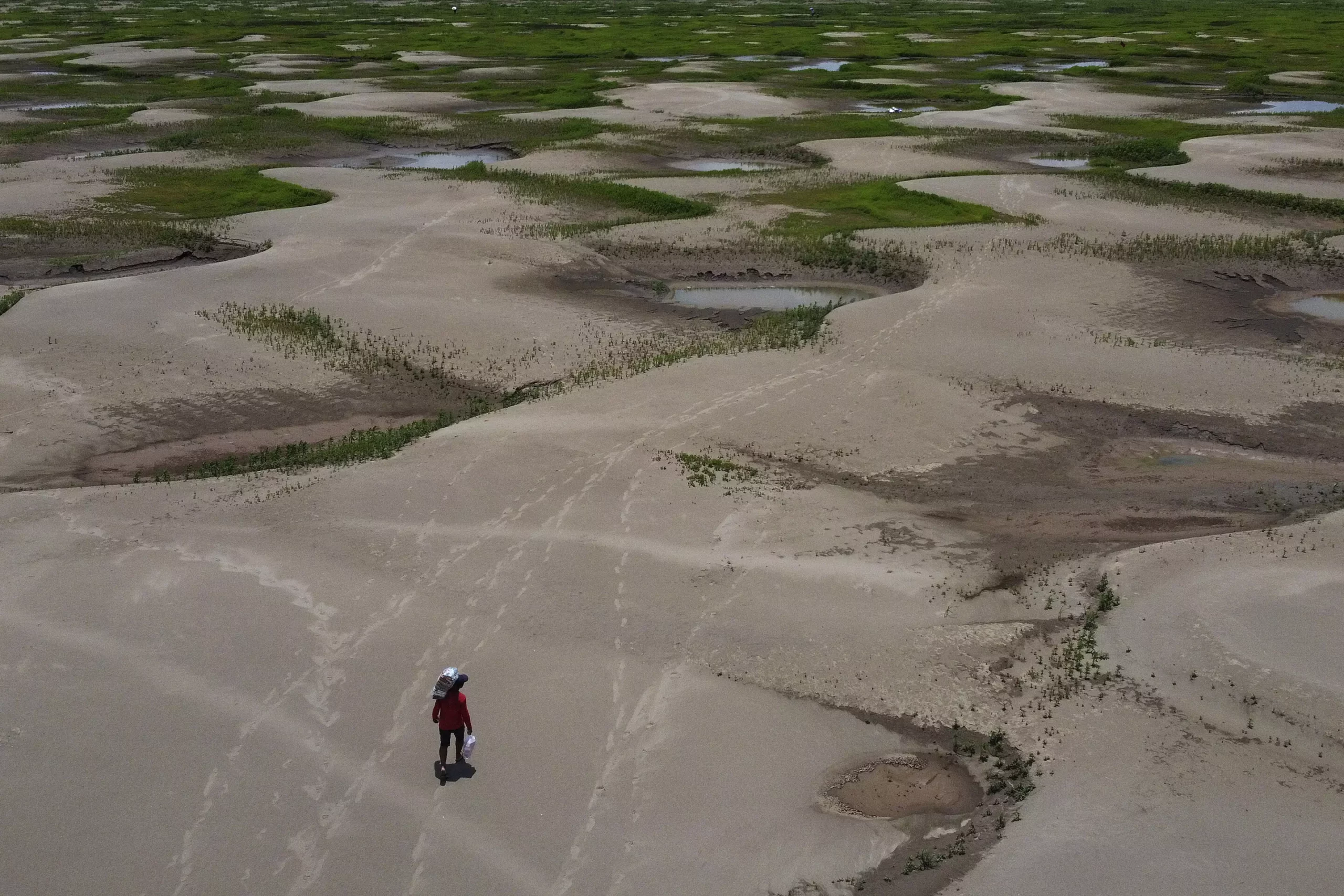Last year, the Amazon experienced a severe drought that resulted in record-low river levels, the need for food and water deliveries to river communities, and the death of numerous endangered dolphins. Researchers have identified human-induced global warming as the primary driver of this unprecedented drought, with El Niño also playing a significant role. This article will explore the extent of the drought’s impact, the contribution of climate change and El Niño, and the importance of addressing global warming to prevent future catastrophes.
Both climate change and El Niño contributed equally to the reduction in rainfall during the severe drought. However, higher global temperatures resulting from human-induced global warming were found to be the main reason for the drought’s severity. The combination of reduced rainfall and hotter conditions led to increased evaporation of moisture from plants and soil. Study co-author Friederike Otto emphasizes that if the climate continues to warm, this dangerous combination of low rainfall and high temperatures will become more frequent.
To analyze the impact of global warming, scientists used computer simulations to compare weather events in a fictional world without climate change to what actually occurred. The drought in the Amazon, known as the world’s largest rainforest and a crucial carbon dioxide sink, happened as Earth experienced its hottest year on record. The severity of the drought can be seen in various ways, such as the soaring water temperatures in Brazil’s Tefé Lake, which reached 39.1 degrees Celsius (102.4 Fahrenheit). This extreme heat likely led to the deaths of over 150 pink and tucuxi river dolphins, both endangered species.
Along the Amazon River, the impact of the drought was devastating. Crop failures and fish depletion severely affected local communities, leading to long lines of people waiting for relief supplies on the riverbanks due to low river levels making travel impossible. In Manaus, the largest city in the region, over 2 million residents endured months of suffocating smoke from wildfires. These environmental and human consequences highlight the importance of preserving the Amazon rainforest and its role in fighting climate change.
By safeguarding the forest, it can continue to act as a significant carbon sink, helping to mitigate climate change. Study co-author Regina Rodrigues emphasizes the critical role the Amazon plays in the fight against global warming. However, if human-induced emissions and deforestation push the forest beyond a tipping point, it will release large amounts of carbon dioxide, exacerbating the challenges of climate change. It is essential to recognize the Amazon’s value and take immediate action to protect it.
While the study provides conclusive evidence of human-induced global warming’s role in the Amazon drought, some experts argue that the interactions between the oceans, atmosphere, and forest are complex. Meteorologist Luiz Candido questions whether the study overestimated plant evaporation and suggests that the deep-rooted nature of many Amazon plants allowed them to retain significant moisture from deeper layers. Recognizing the complexities of the region’s climate, further research is needed to fully understand the impacts of natural climate variability versus those of human-induced global warming.
The severity and impact of the Amazon drought last year were largely driven by human-induced global warming, alongside the influence of El Niño. The combination of reduced rainfall and higher temperatures led to agricultural losses, river disruptions, and environmental damage. To prevent future catastrophes and preserve the Amazon rainforest’s crucial role in fighting climate change, it is essential to address and mitigate global warming. The study serves as a call to action for policymakers and individuals alike to prioritize climate change mitigation efforts and protect the world’s most critical ecosystems.


Leave a Reply